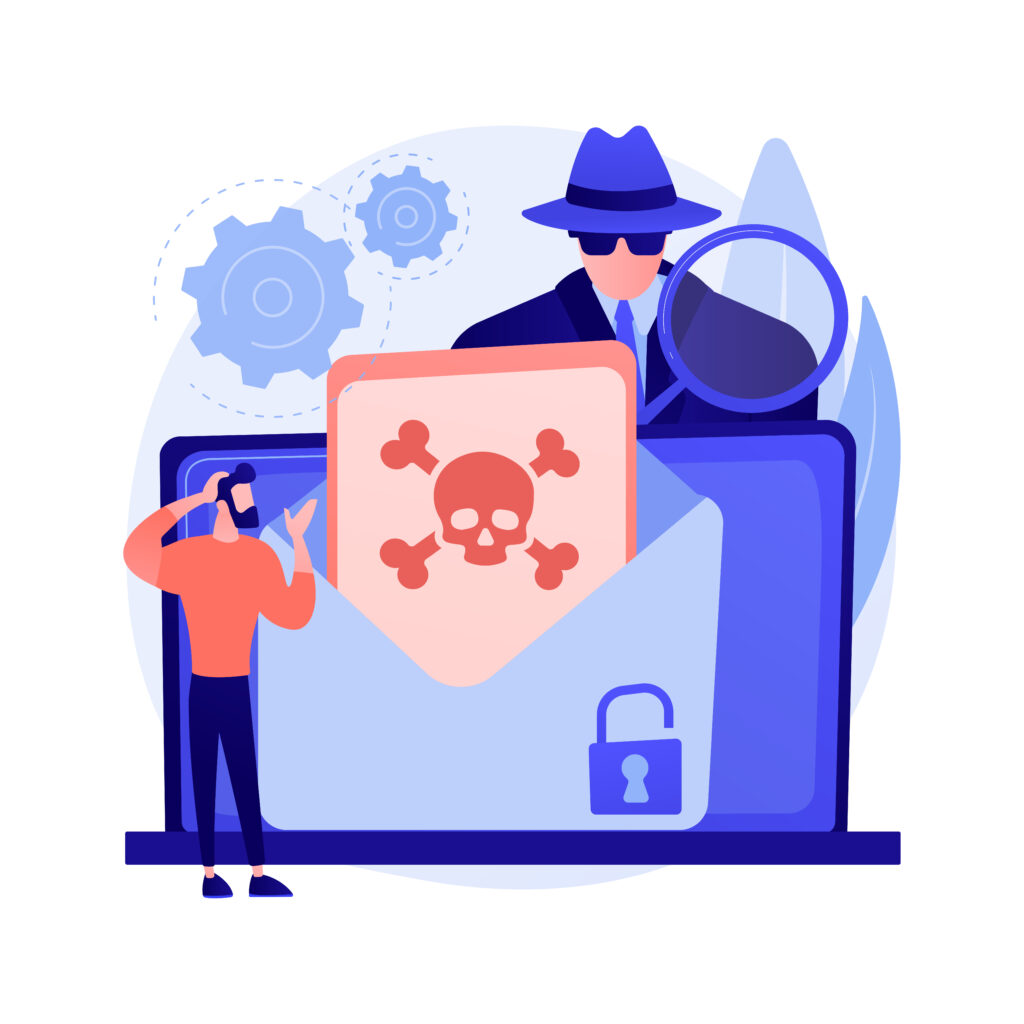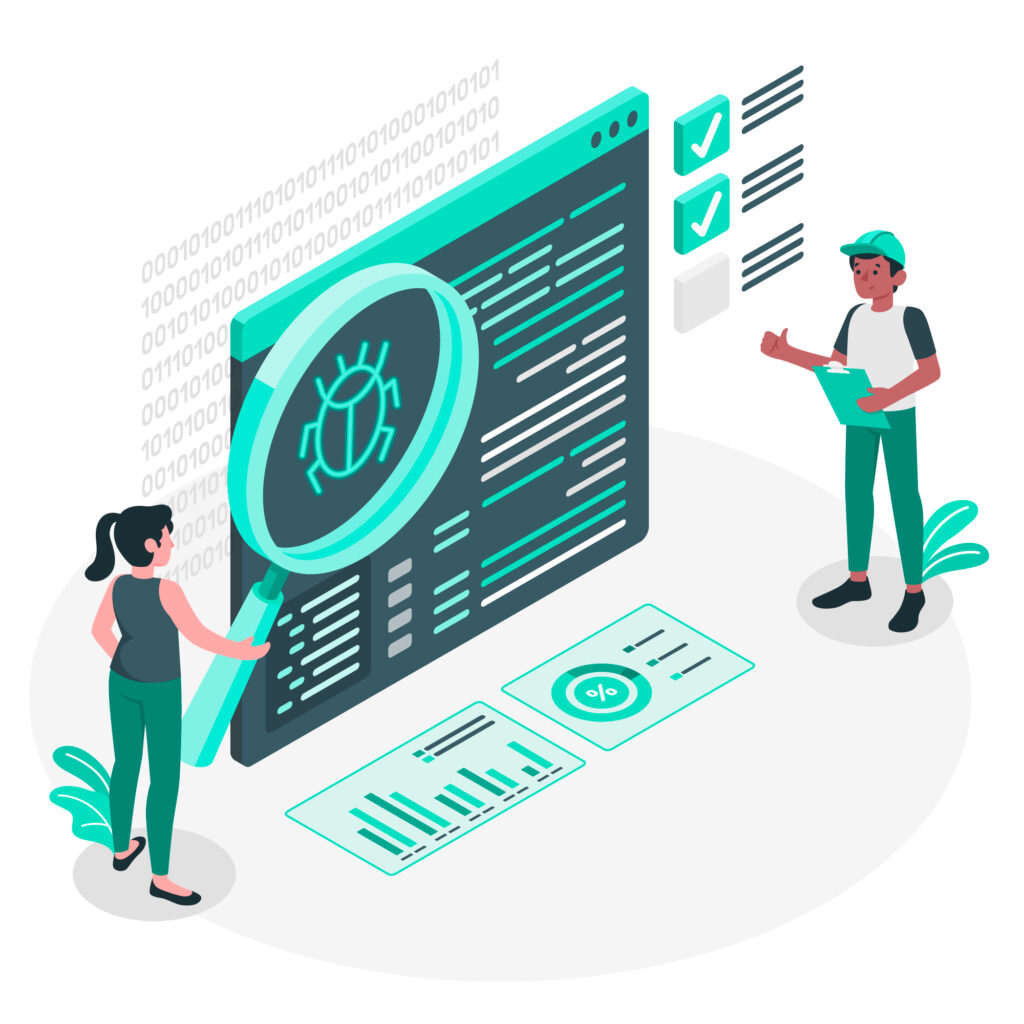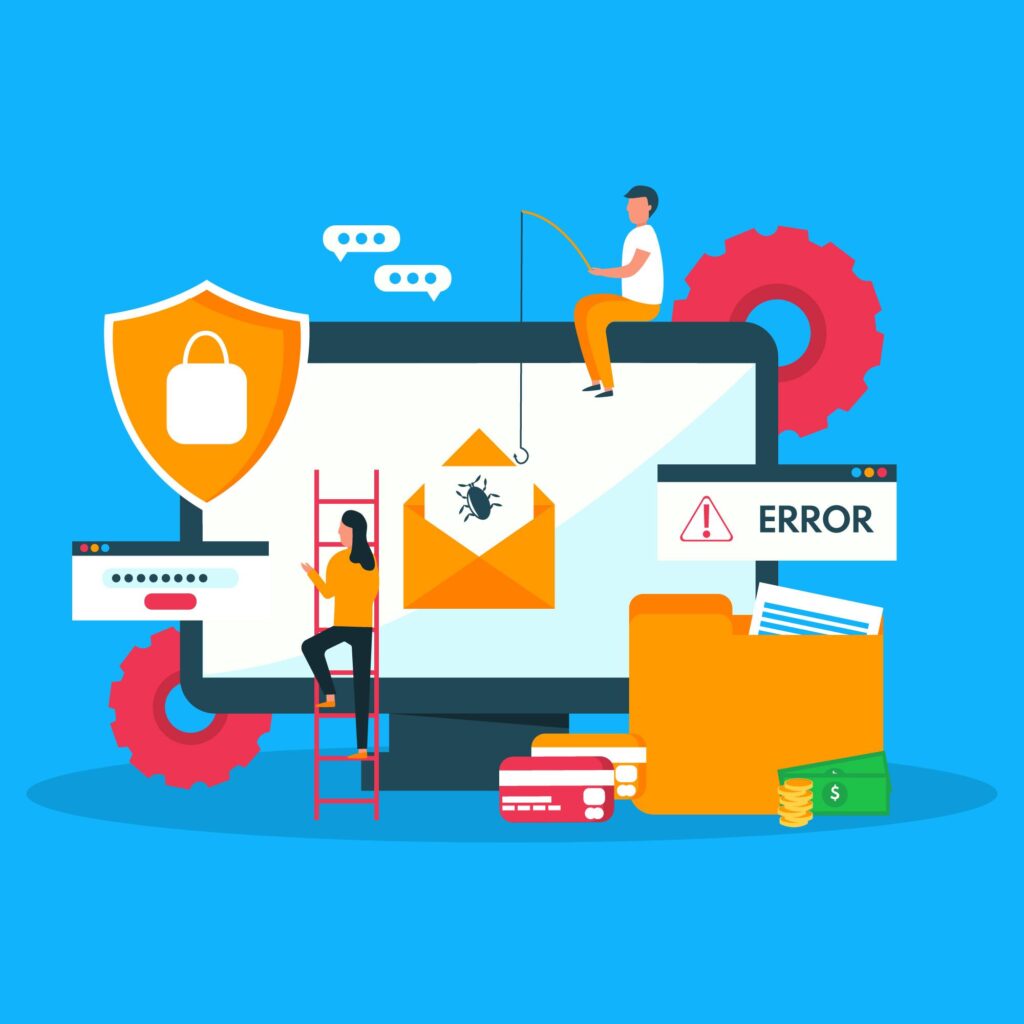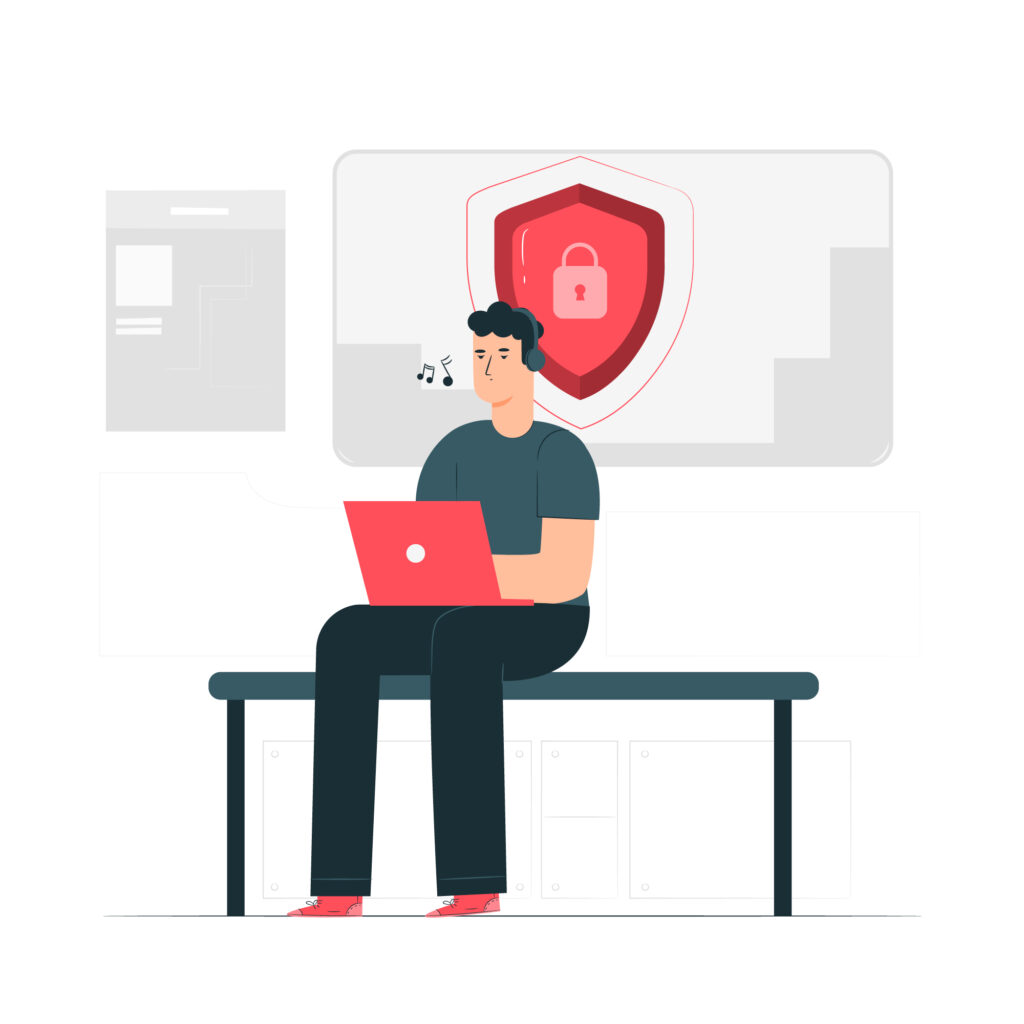 By: John Abhilash / August 1, 2024
By: John Abhilash / August 1, 2024
The OWASP Top 10 attacks list is a widely recognized document published by the Open Web Application Security Project (OWASP). It highlights the most critical security risks to web applications. Regularly updated, this list helps organizations focus on the most pressing web application security concerns.
Key characteristics of the OWASP Top 10 attacks:
Regular updates to reflect current threats
Based on risk data from numerous organizations
Provides actionable guidance for risk mitigation
Adopted as a baseline for application security strategies
Addressing the OWASP Top 10 attacks is crucial for several reasons:
Proactive Security: Tackling these top risks helps organizations secure their applications against common and impactful threats.
Compliance: Many security standards and regulations use the OWASP Top 10 as a baseline security requirement.
Resource Allocation: Knowing these risks aids in prioritizing security efforts and resources effectively.
Developer Education: The OWASP Top 10 serves as a valuable educational tool for developers to learn secure coding practices.
Overview of the Current OWASP Top 10 Attacks (2021 Edition)
The latest OWASP Top 10 attacks list includes:
Broken Access Control
Cryptographic Failures
Injection
Insecure Design
Security Misconfiguration
Vulnerable and Outdated Components
Identification and Authentication Failures
Software and Data Integrity Failures
Security Logging and Monitoring Failures
Server-Side Request Forgery (SSRF)
Let’s explore each of these OWASP Top 10 attacks in detail.
1.Broken Access Control
Broken Access Control is at the top of the OWASP Top 10 list due to its commonality and potential for serious consequences. This vulnerability occurs when an application doesn’t properly restrict access based on user permissions.
Example scenario: A user modifies the URL to access another user’s account information:
https://example.com/account?id=123 -> https://example.com/account?id=456
Mitigation strategies:
Implement proper access control checks
Use role-based access control (RBAC)
Enforce the principle of least privilege
Implement server-side validation of user permissions
2.Cryptographic Failures
Cryptographic failures, previously known as Sensitive Data Exposure in earlier OWASP Top 10 attacks lists, involve the improper protection of sensitive data through weak or no encryption.
Example scenario: Storing passwords using weak hashing algorithms like MD5 or SHA-1.
Mitigation strategies:
Use strong, up-to-date encryption algorithms
Implement proper key management
Encrypt data in transit and at rest
Avoid storing sensitive data unnecessarily
3.Injection
Injection attacks are a frequent entry on the OWASP Top 10 list, occurring when untrusted data is sent to an interpreter as part of a command or query.
Example of SQL Injection:
sql
SELECT * FROM users WHERE username = ‘admin’ OR ‘1’=‘1’
Mitigation strategies:
Use parameterized queries
Implement input validation and sanitization
Employ least privilege database accounts
Utilize Object-Relational Mapping (ORM) tools
4.Insecure Design
A new addition to the OWASP Top 10 list, Insecure Design highlights risks from flaws in design and architecture.
Example scenario:An application allows unlimited password attempts without account lockouts or CAPTCHAs.
Mitigation strategies:
Conduct threat modeling during the design phase
Use secure design patterns and principles
Perform regular security architecture reviews
Integrate security requirements throughout the development lifecycle
5.Security Misconfiguration
Security Misconfiguration remains a significant issue, often resulting from insecure default configurations or incomplete settings.
Example scenario: Leaving default admin credentials unchanged on production systems.
Mitigation strategies:
Implement secure configuration standards
Automate configuration and patch management
Remove unnecessary features and components
Conduct regular security audits and scans
6.Vulnerable and Outdated Components
This OWASP Top 10 entry points out the risks of using components with known vulnerabilities or outdated software.
Example scenario: Using a JavaScript library with a known Cross-Site Scripting (XSS) vulnerability.
Mitigation strategies:
Maintain an inventory of all components and their versions
Regularly update and patch components
Subscribe to security advisories for used components
Implement a software composition analysis (SCA) tool in your development pipeline
7.Identification and Authentication Failures
Previously known as Broken Authentication, this category addresses weaknesses in authentication mechanisms.
Example scenario: Allowing weak passwords or implementing poor session management.
Mitigation strategies:
Implement multi-factor authentication
Use secure session management techniques
Enforce strong password policies
Implement proper account lockout mechanisms
8.Software and Data Integrity Failures
This new entry focuses on issues related to software updates, critical data, and CI/CD pipelines without verifying integrity.
Example scenario: Using dependencies from compromised repositories without integrity checks.
Mitigation strategies:
Use digital signatures to verify integrity
Ensure CI/CD pipeline security
Implement change management processes
Conduct regular integrity checks on critical data
9.Security Logging and Monitoring Failures
Insufficient logging and monitoring can lead to breaches going undetected, making it a critical issue on the OWASP Top 10 list.
Example scenario: Failing to log authentication failures or critical transactions.
Mitigation strategies:
Implement comprehensive logging for security-relevant events
Establish effective monitoring and alerting systems
Ensure log integrity and protect log data
Conduct regular log reviews and analysis
10.Server-Side Request Forgery (SSRF)
SSRF is a new addition, reflecting its growing prevalence and potential for severe impact.
Example scenario: An attacker manipulates a server into making requests to internal resources:
Copy
https://example.com/fetch?url=https://internal-server/sensitive-data
Mitigation strategies:
Implement strict input validation for URLs
Use allow-lists for permitted domains and IP ranges
Disable unnecessary URL schemas (e.g., file://)
Implement network segmentation to protect internal resources
10.Implementing a Security Strategy Based on OWASP Top 10 Attacks
To protect effectively against these attacks, organizations should:
Conduct regular risk assessments
Implement secure coding practices
Perform thorough security testing, including penetration tests
Provide ongoing security training for developers
Implement a robust patch management process
Use security tools integrated into the development pipeline
Establish incident response and recovery plans
While addressing the OWASP Top 10 attacks is essential, remember that these represent only the most critical risks. A comprehensive security approach should:
Consider other OWASP projects and resources
Stay informed about emerging threats and vulnerabilities
Promote a culture of security awareness within the organization
Continuously assess and enhance security practices
Conclusion:
Understanding and addressing the OWASP Top 10 attacks is crucial for maintaining robust web application security. By familiarizing yourself with these risks and implementing effective countermeasures, you can significantly improve your application’s resilience against common security threats. Security is an ongoing process, and staying alert to evolving threats is key to long-term protection.
Call to Action: Evaluate your current web applications against the OWASP Top 10 attacks list. Identify vulnerabilities and develop a plan to address them. Consider adopting a secure development lifecycle that incorporates OWASP guidelines and best practices. Stay updated on changes to the OWASP Top 10 attacks list and other security resources to ensure your applications remain secure against the latest threats.
Check Out Other Resources : Master ASPM :Build a secure strategy, OWASP







Leave a Comment